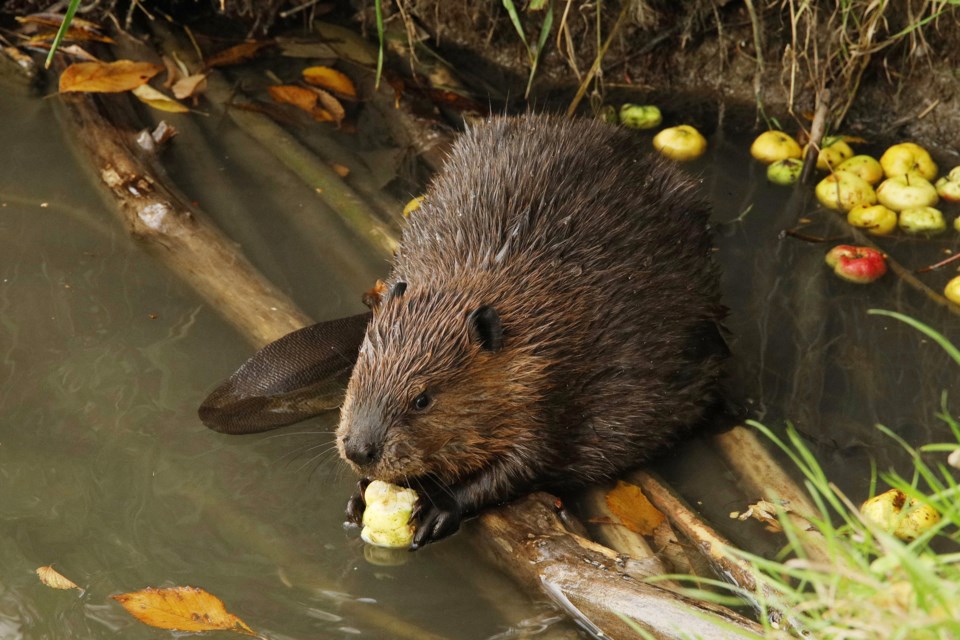The Town of Aurora has suspended the trapping of beavers at stormwater management ponds following a public outcry.
According to Eliza Bennett, acting manager of corporate communications, the town has suspended trapping activity pending consultation with Ontario’s Ministry of Natural Resources about “best practices and alternative methods for beaver management.”
“Our preference is always to have peaceful co-existence with local wildlife, and we are hopeful that we can find a way to protect residents from flooding and enhance our handling of wildlife at the same time.”
Residents raised alarm bells over the use of traps to capture beavers in stormwater management ponds near Bayview Avenue and St. John’s Sideroad.
One such resident, Rachel Evans, who said she had concerns not only with the impact on wildlife but on dogs and pedestrians, as well.
“I have heard from numerous nature walkers that the town is setting wildlife traps in ponds to kill beavers,” she said. “These lethal traps are hidden in the water at the end of wildlife trails. Check out reports from dog owners across the country whose pets suffered broken muzzles and leg amputations after stepping on a concealed trap in the water.
“There is no law that requires public posting of the location of these cruel traps, but we expect town policy of transparency. Let us know the location of these traps and why they are necessary. Aurorans take pride in the natural trails and forests. Killing wildlife should be the last resort.”
The issue was subject to significant discussion on social media as well, prompting the town to state that the practice of trapping is to “maintain public safety and to manage risks associated with beaver activity as it relates to public health and infrastructure.”
“We have a healthy beaver population in our town, and our preference is always for co-existence, tolerance and prevention,” said Bennett. “We actually use a number of methods to manage beavers, including wrapping trees with wire, planting species of trees that beavers don’t touch, and removing dams where necessary. That being said, in some cases, and despite our best preventive efforts, beaver activity results in a risk to public safety, or a risk of damage to public infrastructure.”
In this particular case, Bennett said a beaver dam was blocking the outlet of the stormwater management pond “impairing the facility’s functioning and creating risks to both public and private property.”
“As such, for this type of situation, we operate a nuisance beaver program that includes trapping – a common practice in municipalities across North America. This is, again, a last resort. Trapping is done with licensed trappers and in accordance with the Ontario Ministry of Natural Resources and Forestry and the Fish and Wildlife Conservation Act. We work closely with these bodies to make sure that the program is run within regulations.”
The trap in question, she added, was subsequently stolen.
Brock Weir is a federally funded Local Journalism Initiative reporter at The Auroran



